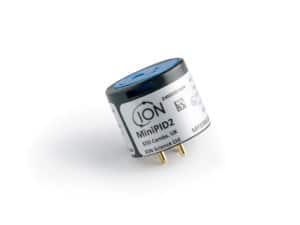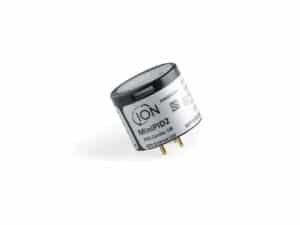
While VOCs are only considered for limited commercial applications such as oil and gas or industrial manufacturing, other industries and applications are unaware of the harmful effects of VOC gases within their buildings. VOCs are often associated with paints and solvents, but they are also featured in less likely places. Cleaning products, processes, and manufacturing systems are likely to contain VOCs.
Volatile organic compounds (VOCs) are emitted as gases from certain solids or liquids. VOCs include a variety of chemicals, some of which may have short- and long-term adverse health effects. Concentrations of many VOCs are consistently higher indoors than outdoors due to less circulation of fresh air passing through.
You probably don’t consider the possible harmful effects of industrial cleaning methods or workplace processes throughout the building. Yet, surprisingly, these seemingly innocent household products are full of potentially harmful chemicals that you should be on the lookout for.
Below we have listed the 10 most common VOCs and where they are commonly found in your household.
- Benzene – crude oil for oil & gas applications as well as used to make plastics, resins, synthetic fibers, rubber lubricants, dyes, detergents, drugs, and pesticides
- Formaldehyde – food and beverage applications
- Toluene – solvent in paints, lacquers, thinners, glues, correction fluid, and nail polish remover, as well as used in the printing and leather tanning processes
- Carbon Disulfide – chlorinated water production and used to make rubber, viscose rayon, cellophane, and carbon tetrachloride
- Acetone – textile, electronics, and pharmaceutical applications
- Dichlorobenzene – herbicides, dye manufacturing, and cleaning solvent
- Xylene – binding agent for aviation gasoline, pharmaceuticals, and agriculture
- Butanal – manufacturing of rubber accelerators, synthetic resins, solvents, and plasticizers
- Ethanol – alcoholic beverage manufacturing and automotive additive
- Terpenes – surface preservatives for inks and electronics, as well as used for dispersants and solvents
Don’t panic; you can easily remove VOCs from (or reduce them in) the working environment. Use simple steps when spraying, burning, or using these chemicals such as ensuring proper maintenance of ventilation systems within the building and proper gas detection systems and personal devices.
ION Science is a leading gas detection and prevention company offering a variety of solutions across a vast amount of applications. To find out more about products offered from ION Science for gas and leak detection, view our products page. For more information about the Tiger VOC detector or if you have a question for us, contact ION Science today.











